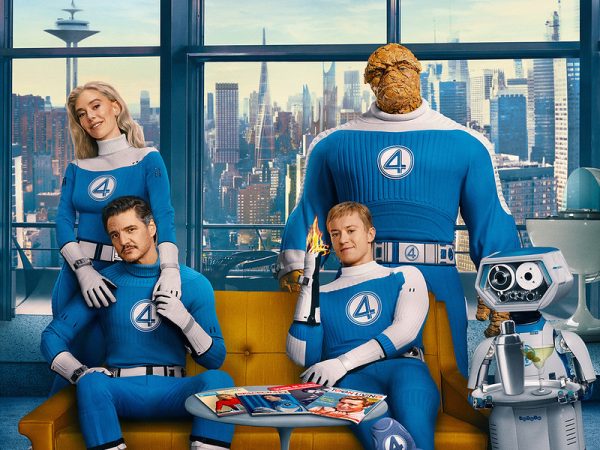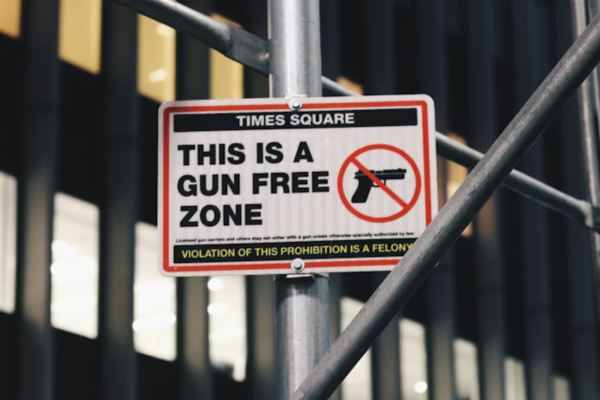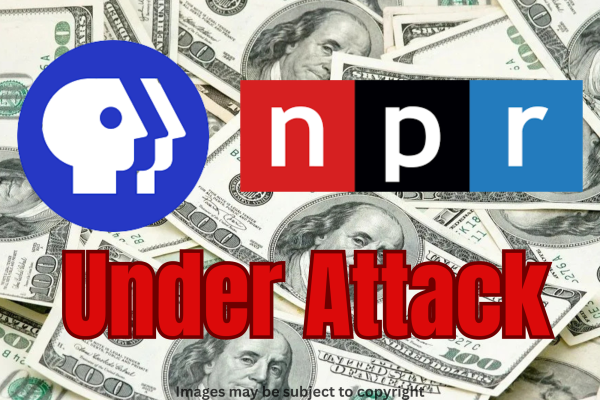Insulin prices need to be reduced
Picture this, you are a parent and you have a child who seems to be perfectly healthy, until they’re diagnosed with Type 1 diabetes at the ripe age of 6, barely in first grade.
You now have to pony up $400 for a month’s supply of the life-saving medicine called insulin for the rest of their life, at least until that child is old enough to bear that financial burden. That is roughly $48,000 in just 10 years, in paying an outrageous price for something that costs only $3 to $5 to produce. You may have insurance, but some people just do not have that “luxury.”
The prices of insulin in the United States have increased upwards of 300 to 500 percent. Insulin suppliers have been able to do so because there are so few insulin manufacturers and such a great demand for insulin that they are able to get away with it without much blowback.
“The desperate need for a lifesaving product allows insulin to be priced at high levels because it is not a luxury item that one can forego,” according to Vincent Rajkumar, a hematology expert at the Mayo Clinic. “The manufacturers of insulin know that patients who need it will spend whatever it takes to acquire it, regardless of price. It is a matter of life and death.”
In 1923, when insulin was discovered, the finders refused to put their name on the patent, even though they could have made millions of dollars because it was unethical for a doctor to make a profit from a discovery that could save millions of lives. So, in an attempt to keep insulin affordable, they sold the patent for $1 so that anyone could manufacture, access and distribute it. Unfortunately, their efforts were taken advantage of by big pharmaceutical companies that only wished to drive up prices and to make profits.
A study conducted in 2019 showed that 12 people have died because they tried to ration their insulin because it had gotten too expensive. That was three years ago; the deaths have risen and so have the prices since then. People are getting turned down if they cannot afford to pay for the insulin, a necessity to live for some people. There are too many stories of people who have died because they could not afford a drug that would save their lives.
One example of these sad, avoidable cases is Alec Smith. At the young age of 23, Smith was diagnosed with Type 1 diabetes. At the time, he was a restaurant manager in Minnesota. When he turned 26, he was not permitted to stay on his mother’s health care insurance plan and was forced to find his own coverage. The insurance available at the time had a deductible with a price tag of $7,600 and a monthly premium of roughly $440. Smith could not afford this, so he had to temporarily forego coverage and purchase his own insulin with cash. Unfortunately, the cash price for insulin was far too high for him to afford. Since he had no other options, he had to try and ration his insulin until he could afford coverage. He died of diabetic ketoacidosis just 26 days later, on June 27, 2017.
Smith is just one of the many who suffer and even die from the greed of the insulin manufacturing companies. Making a life-saving drug available to all who need it, including your loved ones, should not be a debate or a matter of business and economics.
“For the 1.3 million patients with Type 1 diabetes, insulin is as vital as air and water,” Rajkumar said. “We cannot wait to act.”






